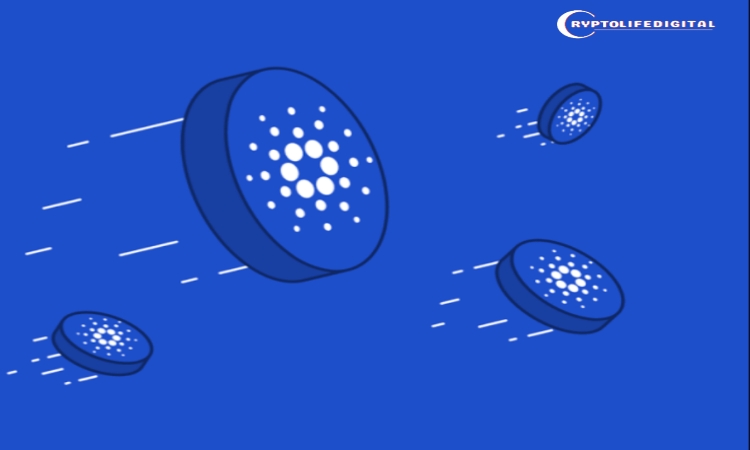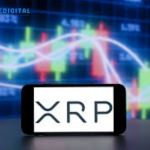Cardano Scaling Milestone: Hydra v2 Release Ignites DeFi and Enterprise Momentum

Cardano has reached a major technical breakthrough with the rollout of Hydra version 2.0, marking a new phase in its long-term scaling strategy. The upgrade, introduced in early November, elevates the network’s capacity to handle up to 1,000 transactions per second (TPS) through optimized state channel operations, bringing near-instant settlement times and unprecedented efficiency. Building upon the Hydra Node 1.0 launch that impressed the developer community with controlled-environment speeds exceeding one million TPS, this release targets real-world performance improvements for decentralized finance (DeFi), gaming, and enterprise solutions.
Read Also: Dogecoin Foundation Roadmap Update: Infrastructure, Scaling, and Sustainability Lead 2025 Vision
Hydra v2 Delivers Faster, Smarter Scaling
The Hydra v2 update refines the “Hydra Head” protocol with improved commit workflows, streamlined off-chain validation, and direct compatibility with the latest Cardano node (v9.2+). According to Input Output Global (IOG), these adjustments enhance the user experience for developers by cutting latency to below one second in live deployments—an essential improvement for identity and payment applications such as Ethiopia’s Atala PRISM project. Preliminary tests show a 20 percent increase in transaction efficiency compared to Hydra v1, paving the way for scalable dApp ecosystems without sacrificing Cardano’s hallmark security under the Ouroboros protocol.
The new release also introduces beta support for Mithril light-client bootstrapping and modernized APIs for off-chain scripting. These features simplify developer access and enable multiple Hydra Heads to run concurrently, supporting parallel processing across applications. In practice, this design relieves the Cardano mainnet from congestion while allowing independent dApps to operate with localized scalability—ideal for emerging sectors like decentralized identity, microtransactions, and real-time gaming.
Read Also: Terra Classic Ecosystem Update: Nakamoto Milestone Strengthens Network Amid Burn Slowdown
DeFi Ecosystem Responds with Renewed Optimism
Cardano’s decentralized finance ecosystem has already shown positive momentum following Hydra v2’s debut. Total Value Locked (TVL) has risen by eight percent to nearly $500 million, reflecting renewed investor confidence in the network’s infrastructure evolution. Developers from Orca Labs, creators of the SNEK token, hailed the upgrade as a game-changer that could double liquidity across DeFi pools by reducing transaction costs and improving confirmation speeds.
The Road Ahead: Governance and Interoperability
Hydra’s advancements complement Cardano’s broader 2025 roadmap, which emphasizes governance and interoperability. Upcoming Midgard rollups aim to bridge Hydra Heads across networks, while the Voltaire governance framework empowers community delegates to vote on future scaling priorities. Founder Charles Hoskinson hinted at upcoming cross-chain bridge pilots for early 2026, calling Hydra v2 a “gateway to mass adoption.”
A New Era of Real-World Utility
Although still in alpha for production-grade applications, Hydra v2 signals Cardano’s maturing ecosystem. It demonstrates the project’s ability to execute complex upgrades while maintaining stability and developer trust. As Cardano’s active addresses and developer participation climb, the Hydra upgrade stands as a defining moment—transforming the network from a research-driven blockchain into a scalable, enterprise-ready platform capable of powering millions of users worldwide.
Follow us on Facebook, Telegram, and Google News.

Dr. Olajide Samuel juggles the demands of medical studies with a passion for cryptocurrency. A seasoned blogger, Olajide shares his vast global knowledge of the crypto space, offering insights to enthusiasts. Despite his busy schedule, his commitment to crypto remains strong, and he actively seeks ways to contribute to its future.










